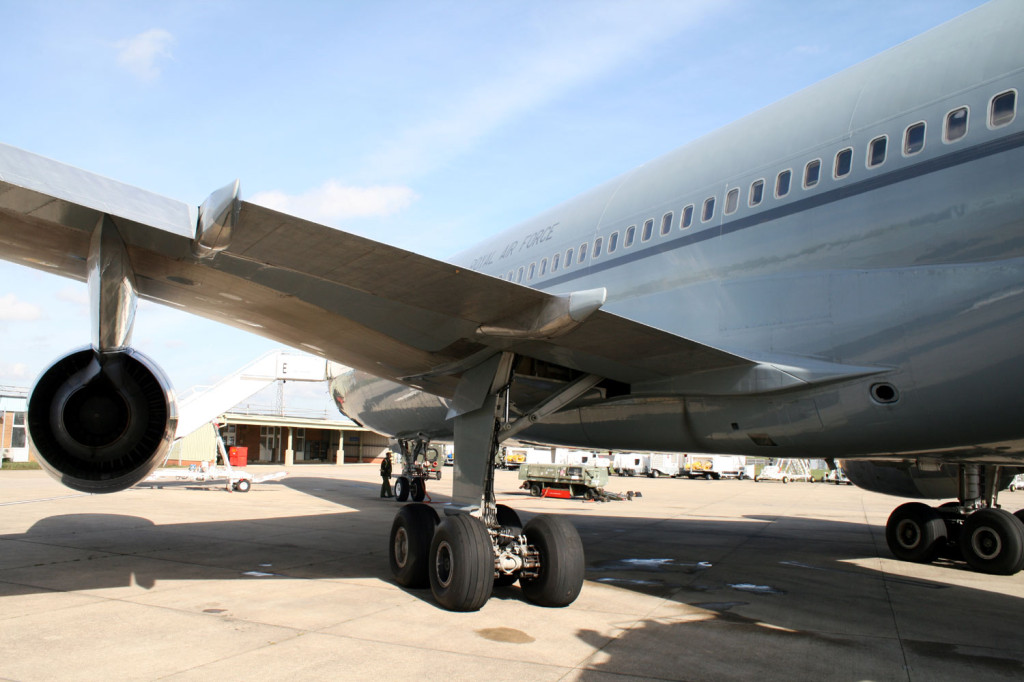
Monday 24th March saw the final sortie of the Royal Air Force 216 squadron and its Lockheed L1011 TriStar aircraft.
Many of you will know that these aircraft have a civilian heritage. The TriStar was a widebody tri-jet from the 1970s which competed head-to-head with the Douglas DC-10. Although some TriStars remain in operation as VIP transports and on ad-hoc charter flying, the RAF’s fleet, which came from British Airways and Pan Am in the 1980s, were the last in regular service and I got the opportunity to join the last sortie from RAF Brize Norton in Oxfordshire.
216 squadron was originally formed 96 years ago in 1917. It found itself operating de Havilland Comets from RAF Lyneham until it was disbanded in 1975. In 1979 it reformed to operate Buccaneer aircraft for less than a year. Then in 1983 it was reformed again as a result of the Falklands War. This time it was to operate the new fleet of Lockheed TriStars as both a troop and civilian transport to the islands, and also as a refuelling platform to help other aircraft on the long journey to the South Atlantic. It was ideally suited to this role, and continued until March 2014 when the new Voyager aircraft took over.
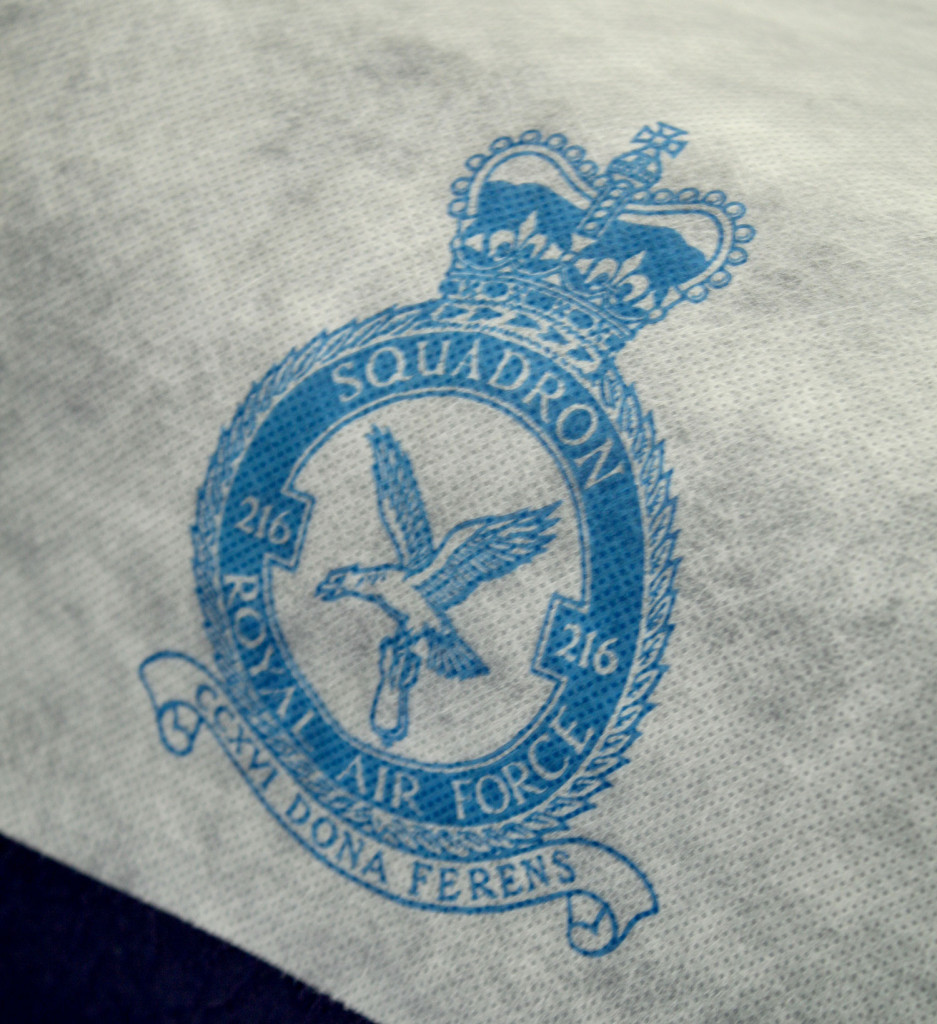
The TriStar was also a significant force in the first Gulf War, as well as the conflict in Afghanistan. Again, it was vital as a troop transport and tanker, and also played a significant role in training pilots in air-to-air refuelling. Over 1,600 round trips were made by TriStars between the UK and bases in Bastion, Kabul and Kandahar.
Originally planned for retirement in 2017, the end date was recently brought forward to the end of this month as a cost-saving measure, and also because of the new Voyager aircraft coming on line.
On the trip today, our flight was to take us from Brize Norton out over the North Sea for the last refuelling exercise. Two TriStars were taking part – ZD950, which I was on, and ZD948 which was to refuel four fighter aircraft. The two aircraft flew in close formation to allow the best vantage point for those with cameras, and as you can see from the pictures here it was a spectacular view.
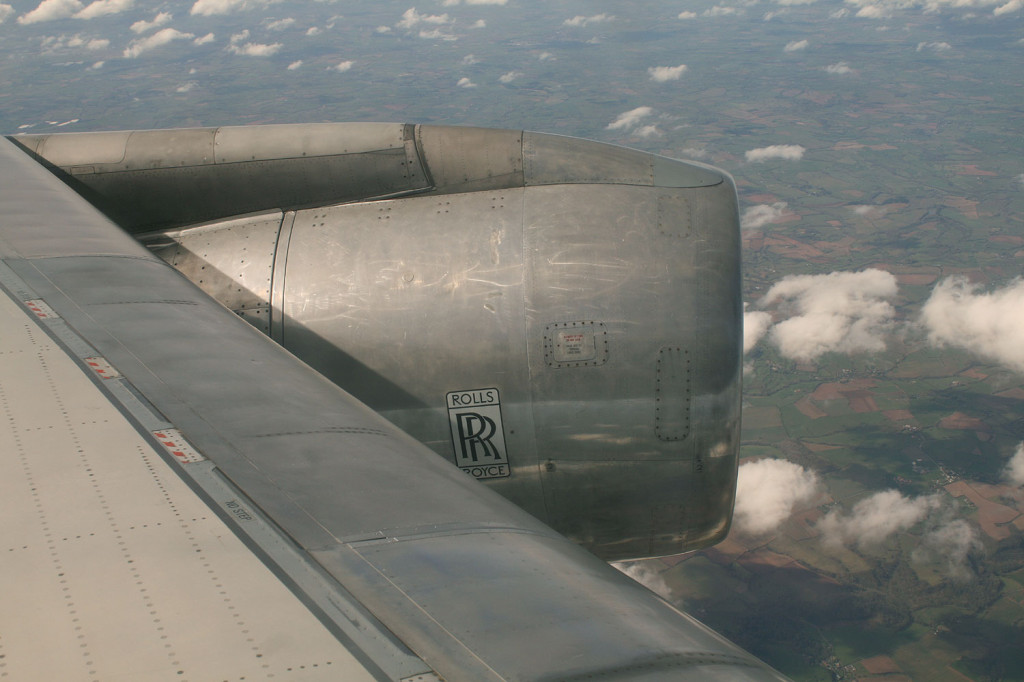
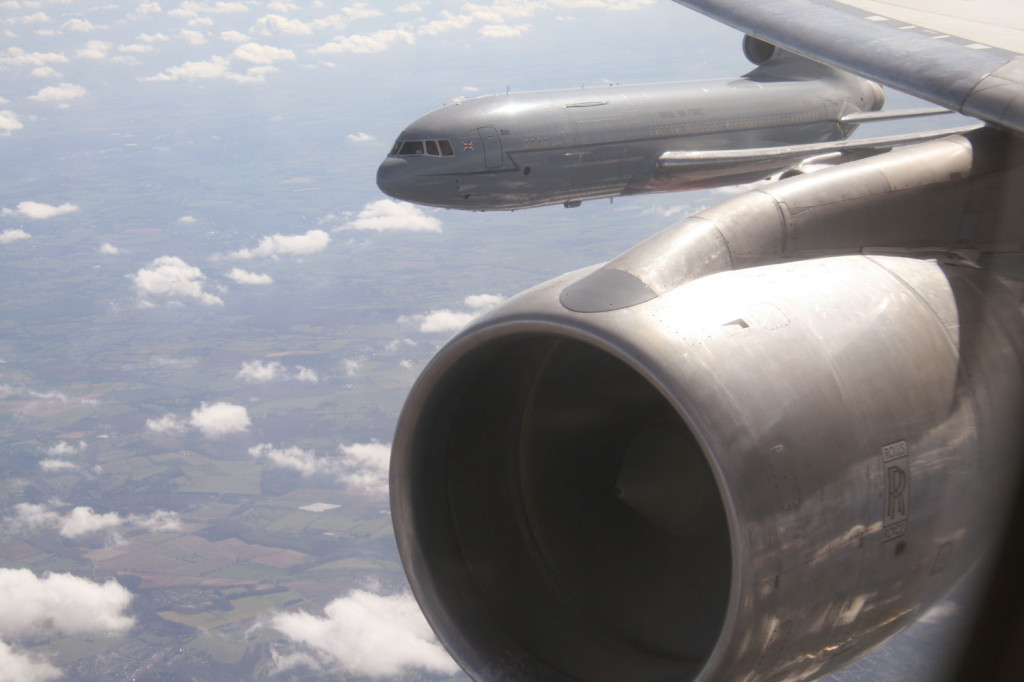
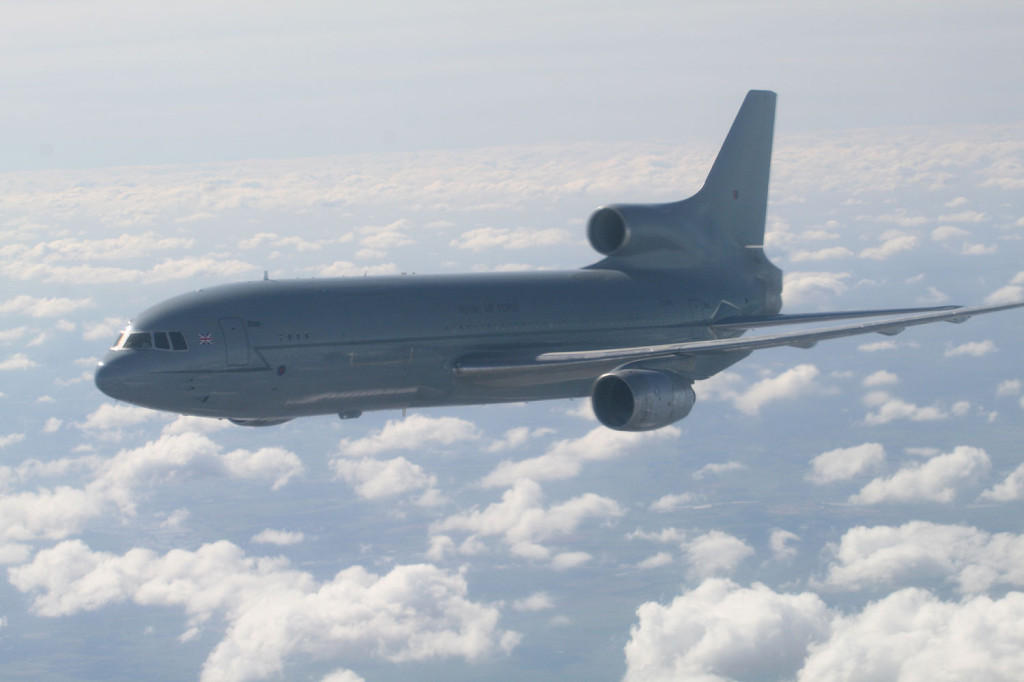
I had missed the chance of flying a TriStar when they were more numerous in airline service, so this was a real last chance to fly the type and experience another classic airliner sadly in its final days. The aircraft still had a number of reminders of its time in airline service, from the curved bank of toilets at the rear to the rows of passenger seating down one half of the cabin. The remainder is an open space for fuel tanks and cargo, with a large cargo door having been installed during the conversion process.
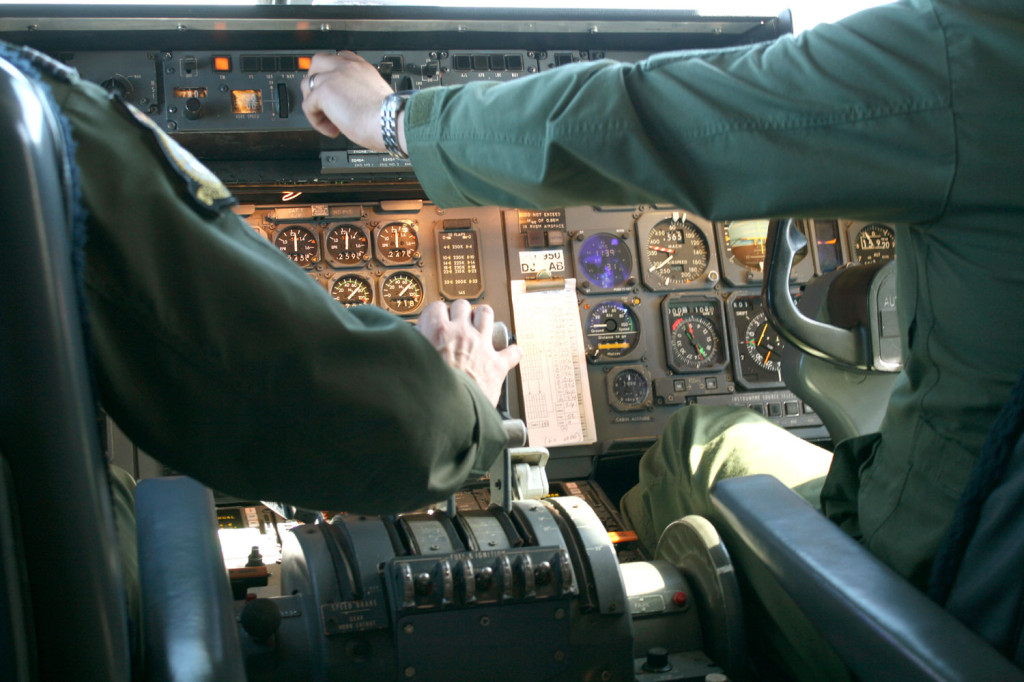
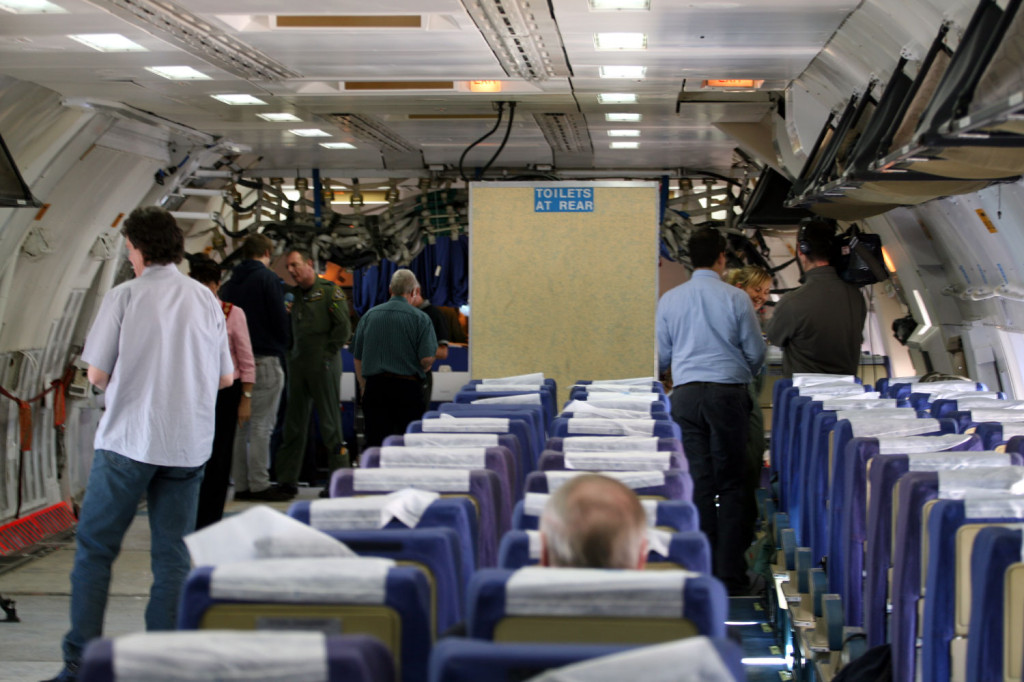
Up in the cockpit the crew made meticulous adjustments to the controls to keep in close formation as we flew a racetrack pattern alongside the other TriStar and fighters. The Flight Engineer was tasked with monitoring both the aircraft instruments, and the green TV screen showing the aircraft flying alongside. Sadly this role will disappear in favour of a Mission Operator on the new Voyager aircraft.
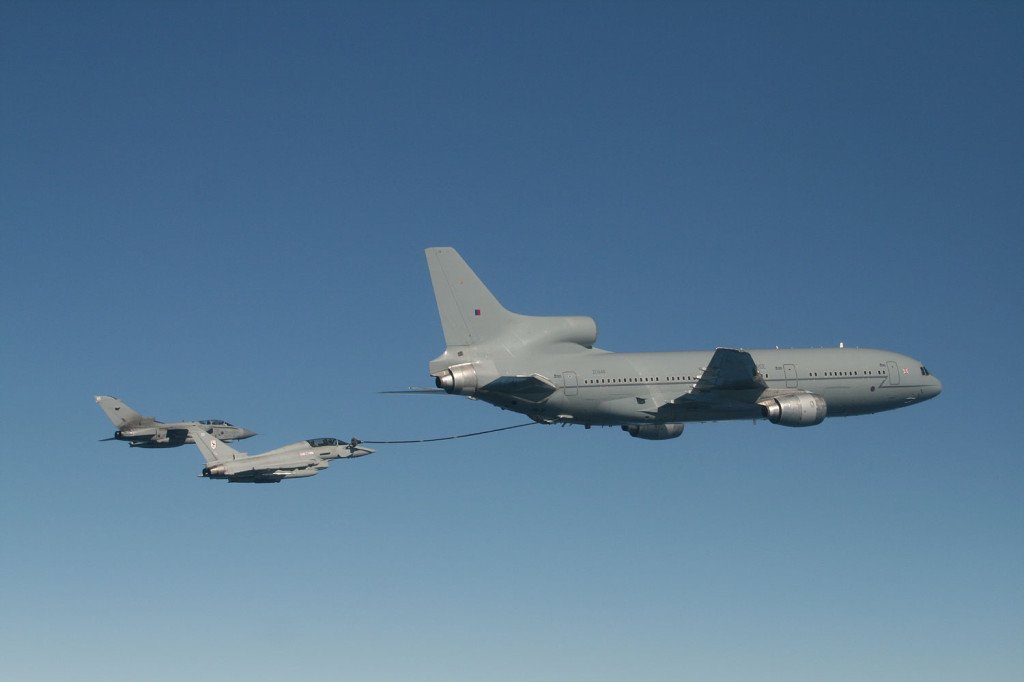
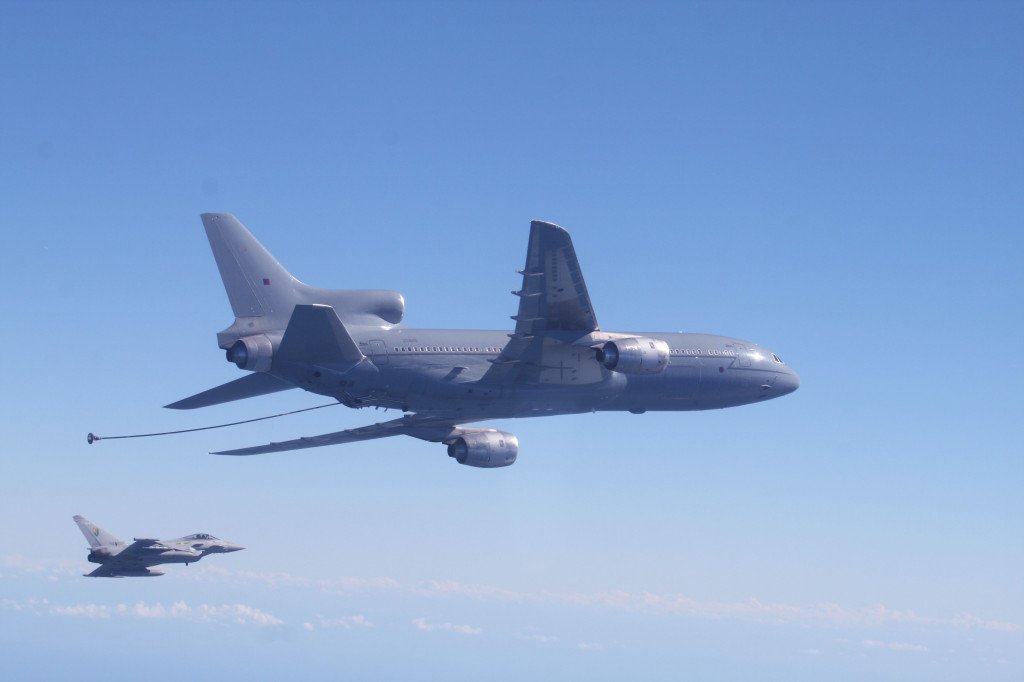
After each fighter had finished topping up its tanks, it passed underneath our aircraft and up the other side for another fantastic photo opportunity.
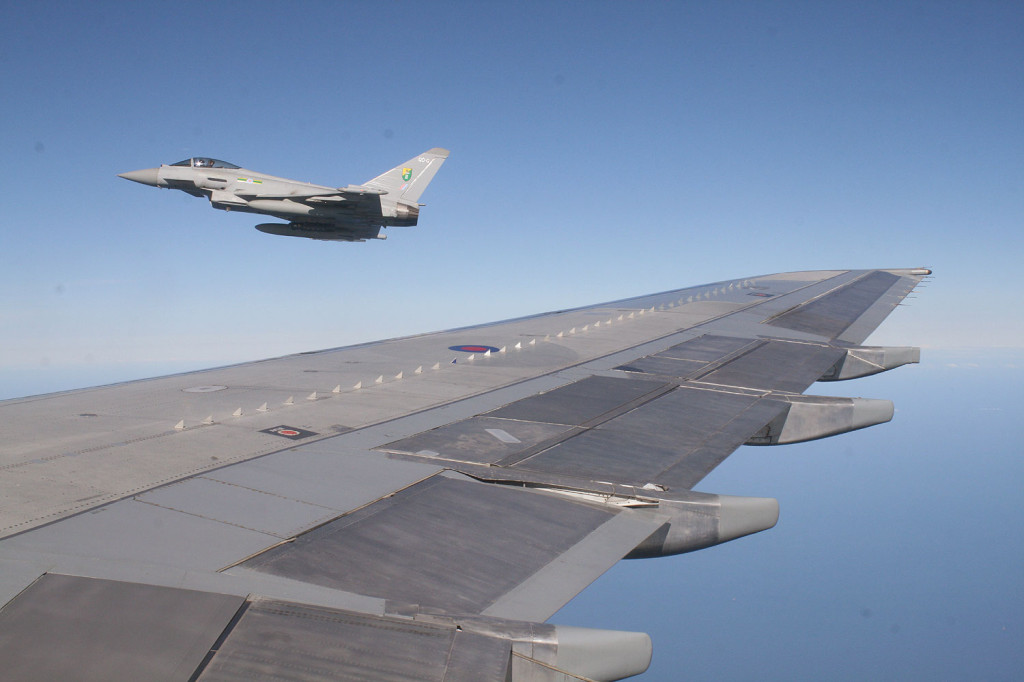
Back at Brize Norton, passing over the crowds assembled at the end of the runway to witness the final landings, we settled onto the runway with a rattle (the loose cargo runners and largely empty cabin do nothing to muffle the noise) and taxied to our parking position, perhaps significantly alongside one of the new Voyagers, which are a variant of the Airbus A330-200.
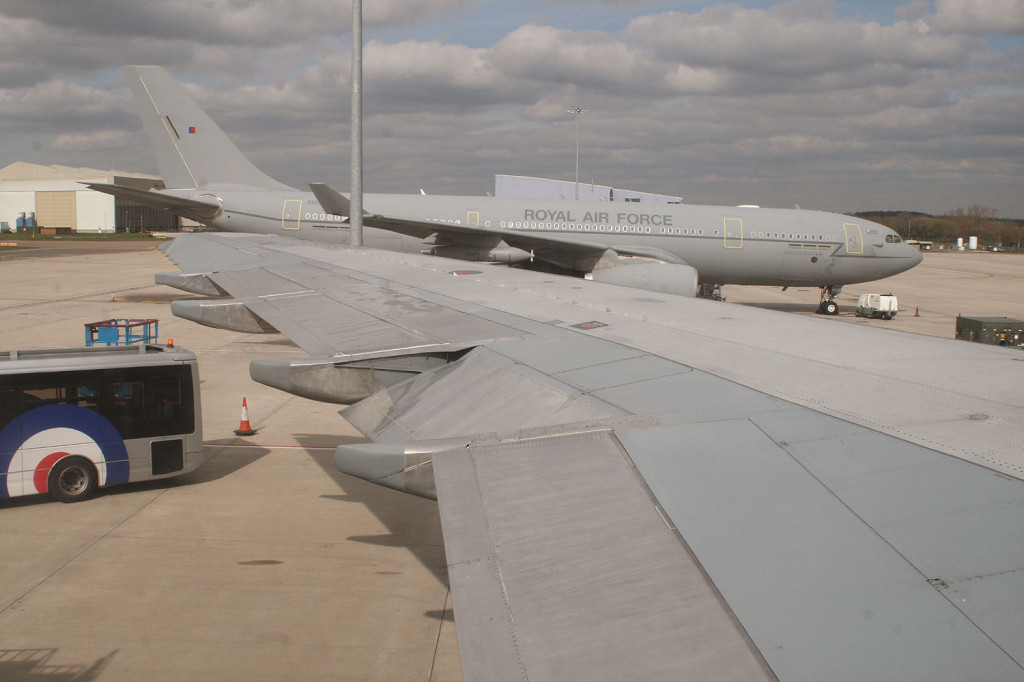
To top the day off, we were treated to a tour of the Air Tanker Ltd facility, which will now take over air-to-air refuelling operations and training, and also the air bridges to the Falklands and conflicts in the Middle East. ZZ337 was the aircraft in the purpose built docking bay. Having been delivered only four weeks ago, the new car smell and cleanliness was a stark contrast to the L1011. In the cockpit – essentially that of an A330 but with extra space for the Mission Operator and his camera/refuelling controls – it was explained how much of a joy it is to fly… not that any of the guys relish seeing the TriStar (and previously the VC-10) disappear when there are so many fond memories of these classics.
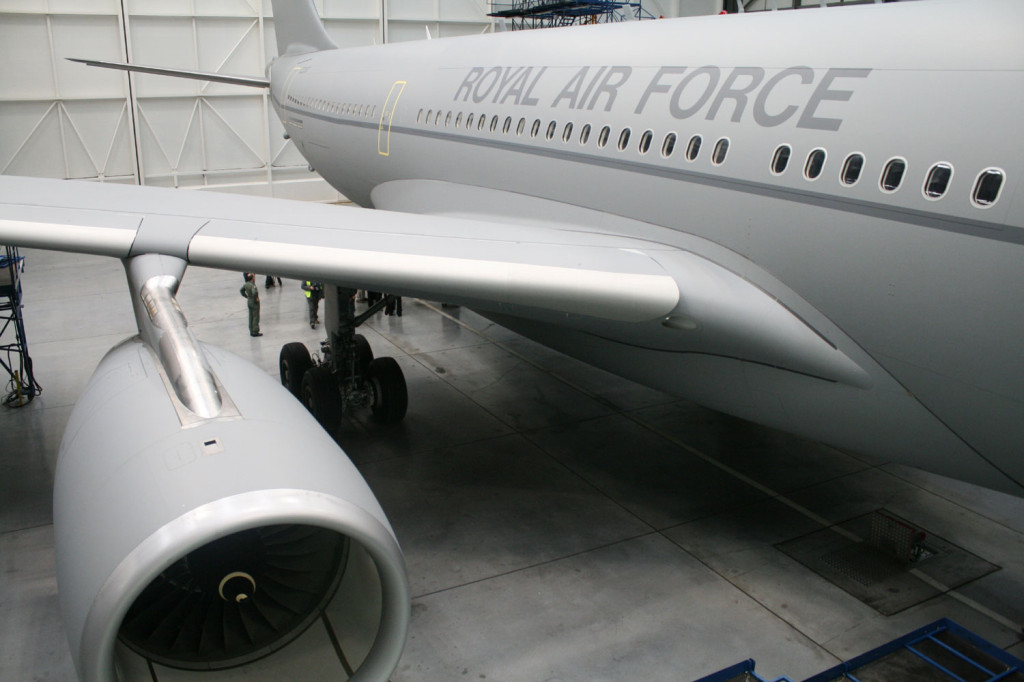
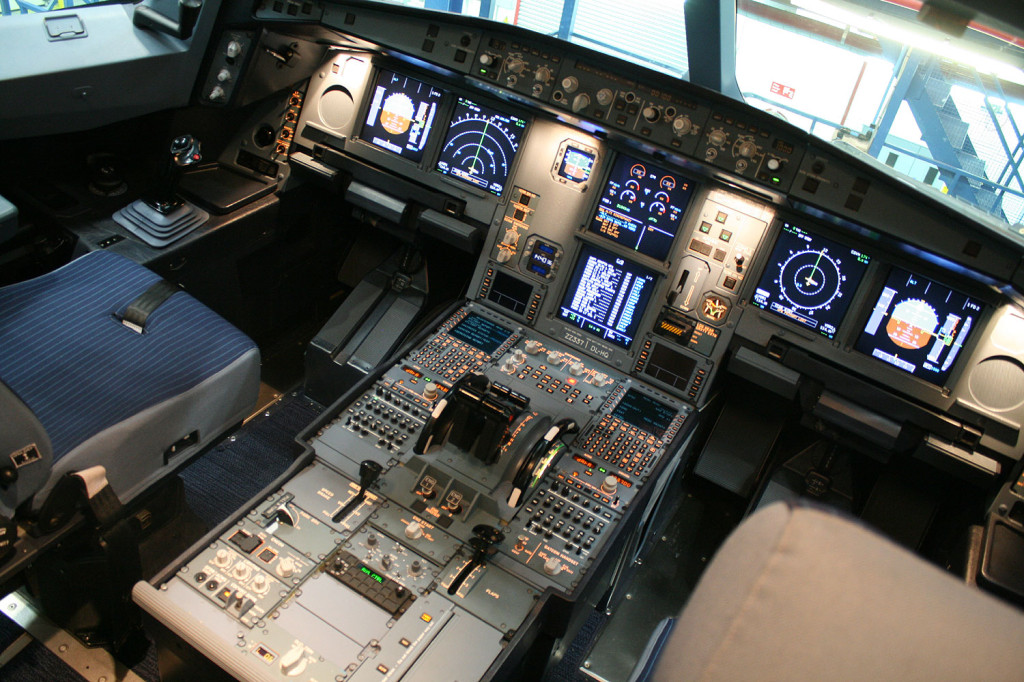
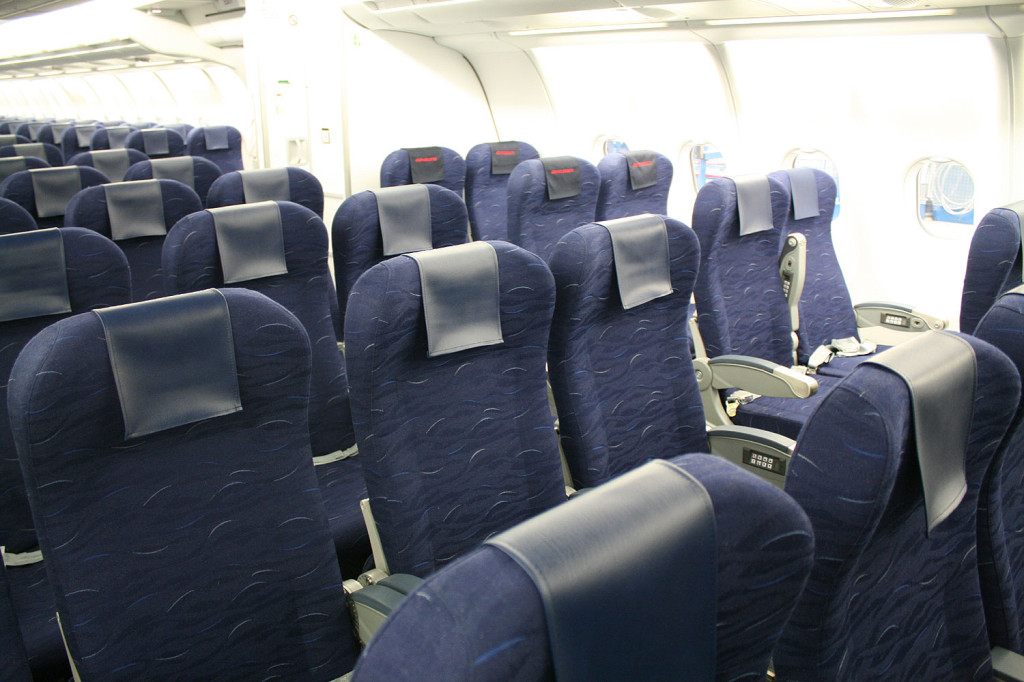
By the time this article is live, the four remaining RAF TriStars will have joined their stable mates at Bruntingthorpe Airfield near Leicester. It is deemed too costly to fund making any of them a museum piece, and so it seems likely all will be scrapped in the very near future. Of the fleet, two remain at Cambridge, one at Kemble, and now six at Bruntingthorpe.
I’d like to thank the Royal Air Force for the invitation to join this special final mission, and especially Flight Lieutenant Rachel McCulloch for running the day so smoothly.
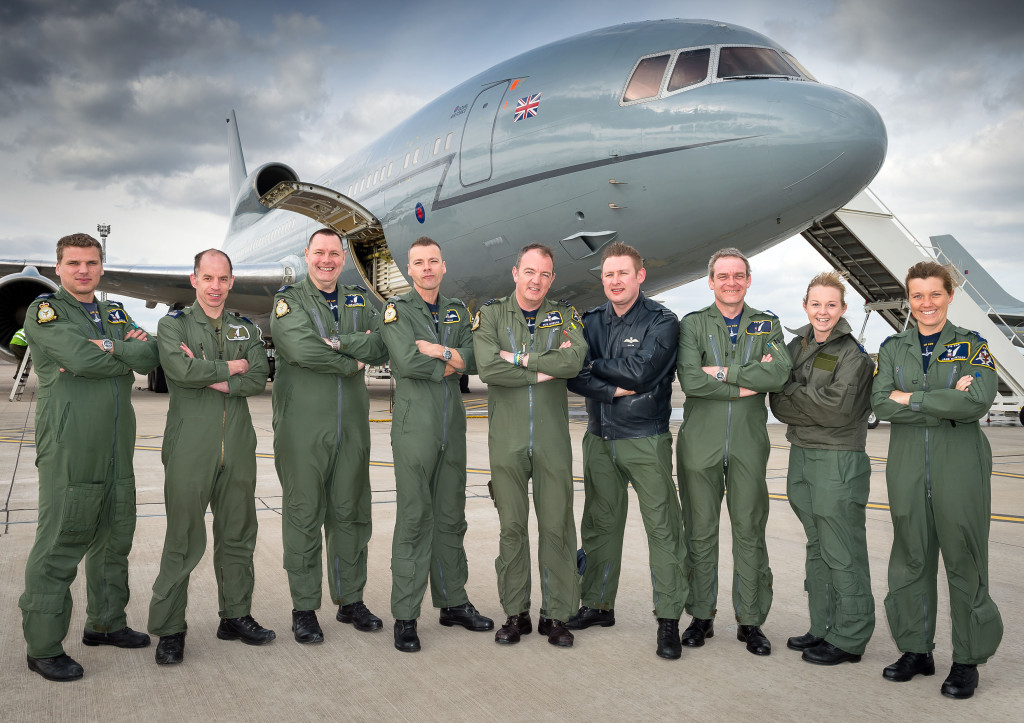

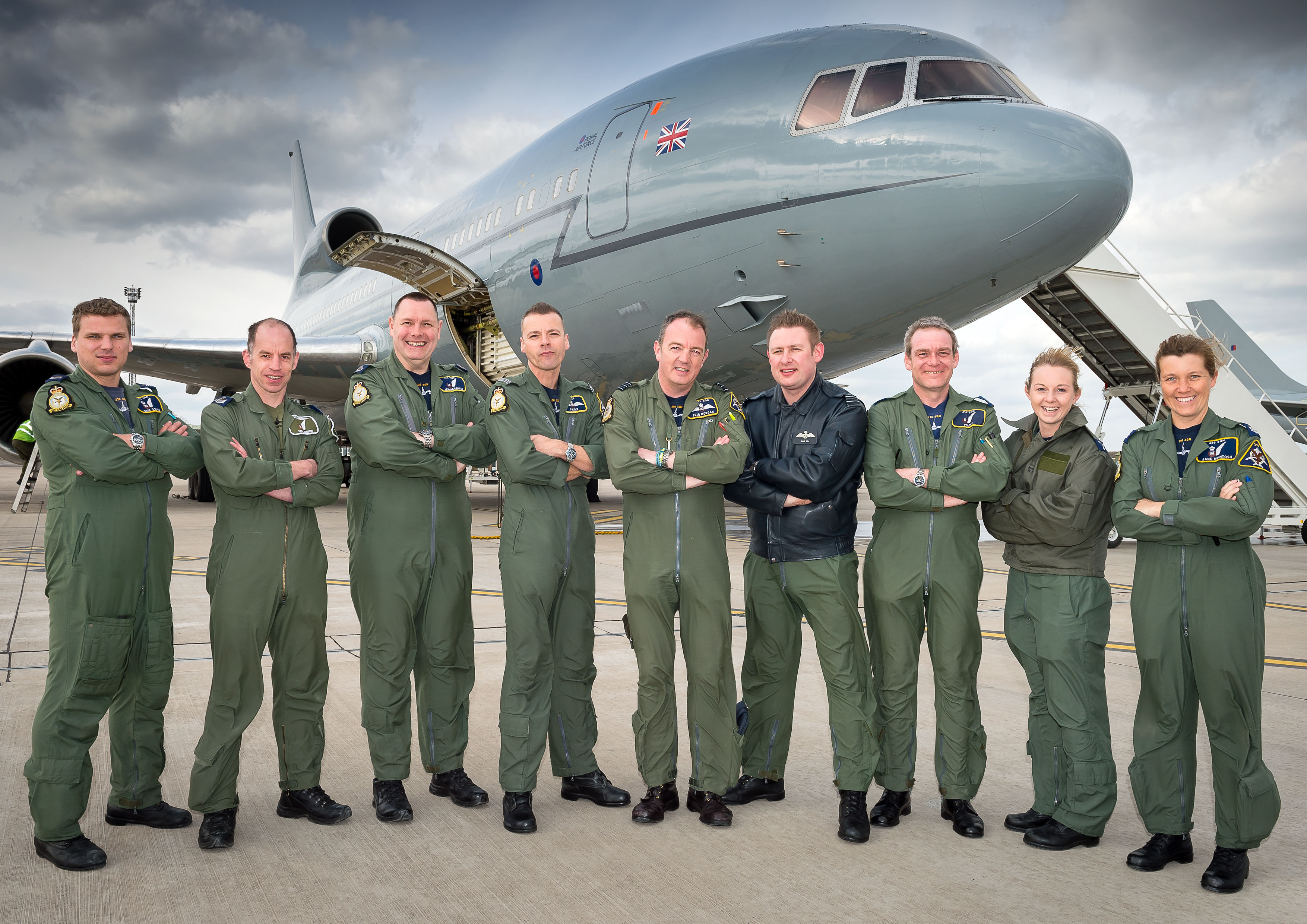



2 comments
My favourite wide body ever. To me the L1011 will be for ever the Queen of the Skies.
[…] [On Board the Final RAF TriStar Sortie] […]